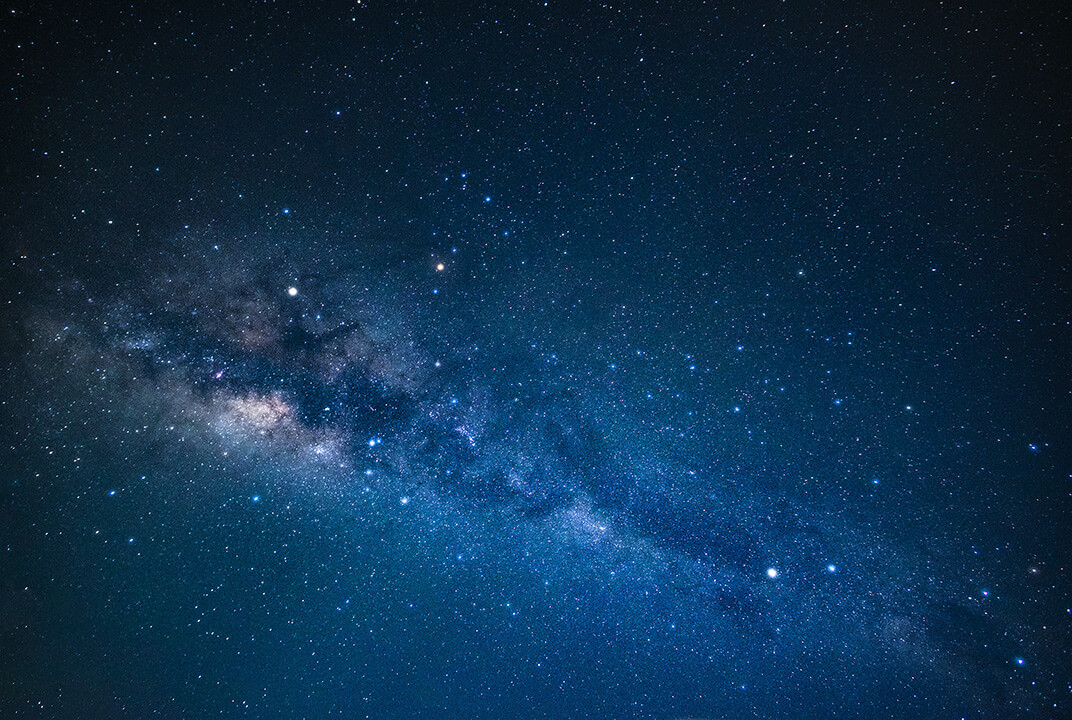A day in the life of a flight dynamicist
Continuing our series focusing on some of the Inmarsat people ensuring communications certainty during the COVID-19 pandemic, we learn more about the role of flight dynamicist Daniela Cipollone, based in our Satellite Control Centre (SCC) in London.
How long have you worked for Inmarsat?
I joined Inmarsat nine years ago. I was an SCC controller for six years and then I moved to the flight dynamics team.
Why did you choose a career in the space industry?
I am not sure I could pinpoint one moment where I first made a connection with space, it was always there as far as I remember. I was born and raised 20 km away from Fucino Space Centre in Italy, one of the biggest and important ground stations in the world. The antennas are visible from miles away and they are part of the landscape so it is inevitable that people are familiar with the concept. In high school I started to develop an insatiable passion for space exploration. I watched the Space Shuttle launches, bought books, rocket models and a telescope – I couldn’t believe that I was able to gaze upon Jupiter, Saturn and the Moon from my own balcony!
These experiences inspired me to pursue a degree in Aerospace Engineering at University La Sapienza in Rome. I can’t imagine doing anything else and I never did. I’m very fortunate that I get to make my living doing what I love so much.
What is a typical work day?
As a flight dynamics engineer my job is keeping the satellites where they are supposed to be. Flight dynamics provide the necessary means to determine both the position and the orientation of satellites and also enable the planning and execution of required manoeuvres. This is essential to ensure the perfect reception of satellite communications. Among the main tasks are collision avoidance, decommissioning and relocation of satellites.
In addition, we work closely with the ground network and continuously maintain and improve our software.
How exactly do you keep a satellite in the right place?
Once we have launched a satellite in a geosyncronous orbit, gravity holds it more or less in position about 36,000 km from the Earth, one tenth of the distance to the Moon. To have the satellite doing its job properly it is necessary that it is correctly pointed to the Earth. The Sun accounts for about 90% of the forces trying to move the satellite and the Moon and variations in the Earth’s density make up the rest. The Sun’s gravitational pull is not enough to move the satellite from its orbit around the Earth but it is enough to affect the orientation of the orbit. This is where we intervene by calculating and then sending very precise instructions to the onboard thrusters so that we can continuously reposition the satellite in a way that counteract the forces acting on it. This demands highly precise, analytical work and every calculation is double-checked by another member of the team to ensure accuracy.
Is space debris something you have to be mindful of?
Absolutely. Collision avoidance is part of flight dynamics’ daily routine and checks. There are currently in excess of 2,000 tracked objects larger than 1m in geostationary orbit of which about 450 are active satellites, the rest is space debris. The Space Data Association (SDA) is an international non-profit organisation set up in 2009 to help keep space safe. Its satellite operator members share data to coordinate activities and mitigate operational risks, such as collisions between spacecraft or damage from debris. Data sharing allows the SDA to transmit warnings of potential collisions in time for satellite operators to take action. Inmarsat typically receives around five or six warning events a month. If we determine that an object is approaching one of our satellites too closely we undertake a collision avoidance action, typically by refining our upcoming planned operations. What is critical is having the time needed to make these changes effective.
How has your work changed during the lockdown?
I can do from home most of the tasks that I would do in the office – although as satellite operations are critical if we did have to go into the office to deal with an anomaly we would be equally ready, obviously with all due precautions.
From a personal point of view, at first it was a bit challenging taking care of my 10-month-old daughter while working but my partner, also an engineer, and I made a rigorous schedule with strict shifts to take care of the baby. I start work very early in the morning and so does the rest of my team. My two huskies are very happy to have the whole family at home all the time and they keep me company.
How does it feel knowing that what you do every day is helping people to stay in touch and stay safe?
In these uncertain times it is especially important to find purpose in our daily activities. Flying satellites is the coolest job in the world but sometimes it seems a bit disconnected from reality, in the sense that you can’t immediately see the consequences of your actions in daily life. Thinking that the satellites that you are flying are actually helping people makes a huge difference. This awareness helps me to stay focused on my job and makes me feel useful as I am somehow enabling other human beings, all over the world, to stay connected with their families. As the anxiety over coronavirus is at a high pitch worldwide, it is vital that those at sea or in remote areas of the globe have access to the medical and policy updates disseminated by authorities and news media, whether aimed at themselves or their loved ones at home. Inmarsat makes it possible and I am extremely proud of being part of it.
Do you get attached to our satellites?
Very attached – after all we look after them for so many years, how can you not get attached? I spend more hours taking care of them than looking after my own daughter! One of my proudest and poignant moments was sending the last command to two of our decommissioned satellites after more than 20 years of service.

